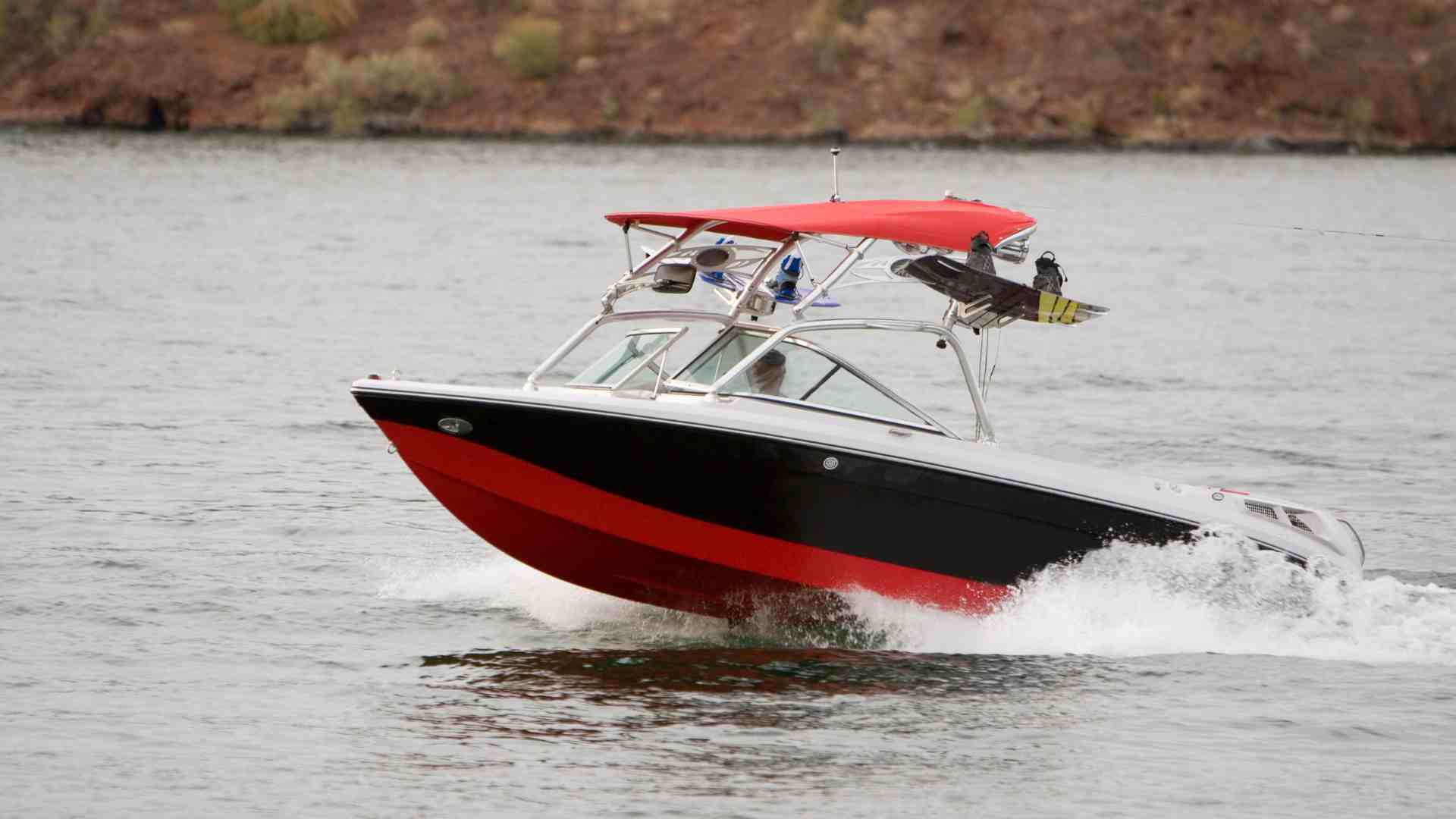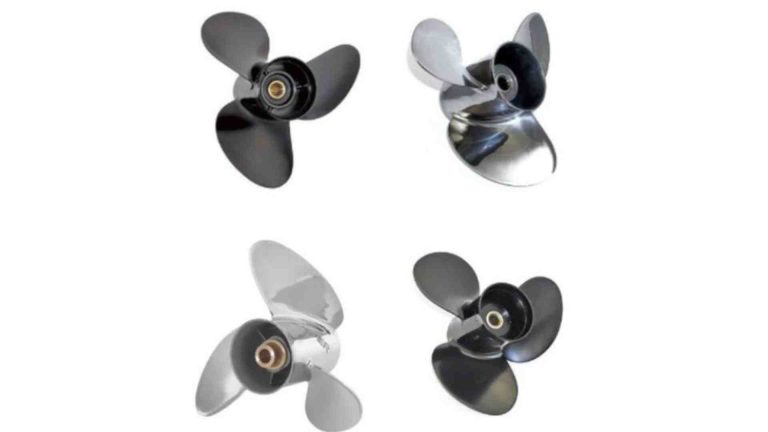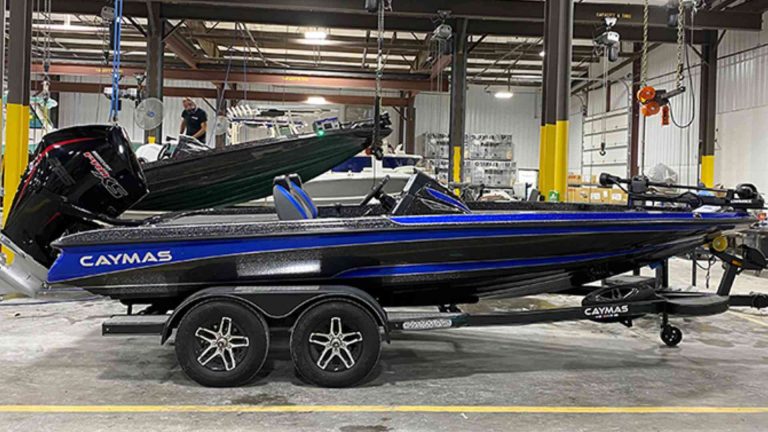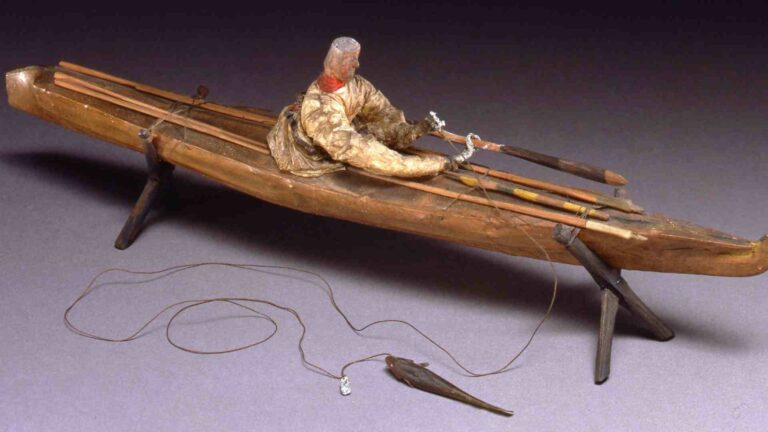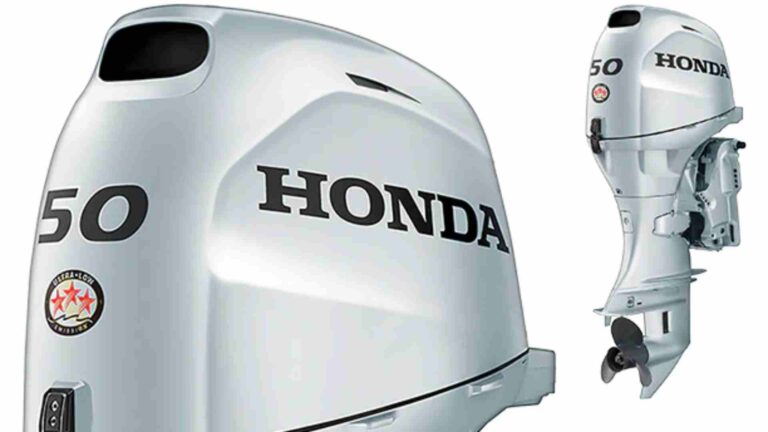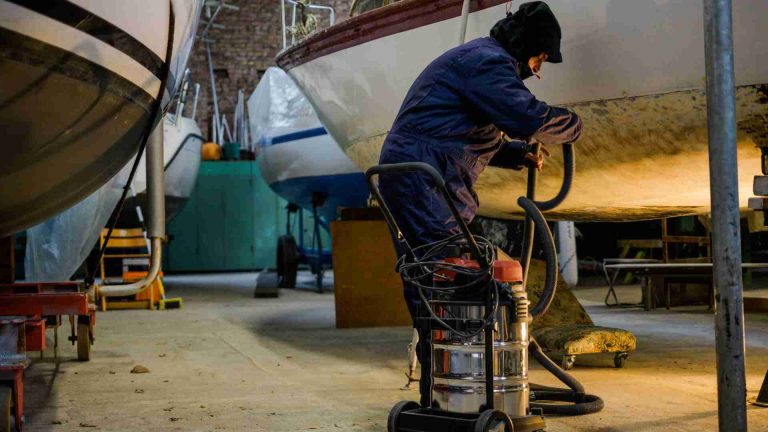Boating on the Lake: An Enjoyable Experience
Boating on a lake offers a unique blend of adventure, relaxation, and connection with nature. Whether you’re seeking the thrill of water sports, the tranquility of a leisurely cruise, or the joy of fishing, lake boating caters to all interests and skill levels. This comprehensive guide explores everything you need to know to make your lake boating experience safe, enjoyable, and memorable, from choosing the right boat to navigating top destinations and preserving the environment.
Why Lake Boating?
Lake boating stands out as a versatile recreational activity that appeals to people of all ages. Unlike ocean boating, lakes provide calmer waters, making them ideal for beginners and families. The scenic beauty of lakes, surrounded by forests, mountains, or rolling hills, creates a serene backdrop for a day on the water. Whether you’re looking to bond with friends, spend quality time with family, or simply escape the hustle of daily life, boating on a lake delivers an unparalleled experience.
Benefits of Lake Boating
- Relaxation and Stress Relief: The gentle rocking of the boat and the soothing sound of water create a calming environment, reducing stress and promoting mindfulness.
- Physical Activity: Activities like waterskiing, wakeboarding, and kayaking provide a full-body workout, improving strength, endurance, and cardiovascular health.
- Mental Well-Being: Exposure to sunlight boosts vitamin D and serotonin levels, enhancing mood and mental clarity.
- Connection with Nature: Boating allows you to observe wildlife, explore ecosystems, and appreciate the beauty of the natural world.
- Social Bonding: Whether hosting a boatgating party or enjoying a quiet fishing trip, boating fosters meaningful connections with others.
Choosing the Right Boat for Lake Boating
Selecting the appropriate boat is critical to tailoring your lake boating experience to your needs. The type of boat you choose depends on your intended activities, group size, and budget. Below is a breakdown of the most common boats used for lake boating, along with their specifications and approximate price ranges.
Types of Boats
| Boat Type | Best For | Key Features | Approx. Price Range (USD) |
|---|---|---|---|
| Pontoon Boat | Leisurely cruises, family outings | Spacious deck, stable, ample seating | 20,000 – 60,000 |
| Fishing Boat | Angling | Rod holders, live wells, maneuverability | 15,000 – 50,000 |
| Sailboat | Wind-powered adventure | Sails, lightweight, eco-friendly | 10,000 – 100,000 |
| Speedboat | Water sports, thrill-seeking | High horsepower, sleek design | 25,000 – 80,000 |
| Jet Boat | Speed, agility | Jet propulsion, shallow water capability | 30,000 – 70,000 |
| Ski Boat | Waterskiing, wakeboarding | Tow bar, wake-enhancing features | 20,000 – 90,000 |
Pontoon Boats
Pontoon boats, often called “party barges,” are perfect for group outings. Their flat, stable platforms provide ample space for seating, dining, and socializing. Many models include amenities like built-in coolers, stereos, and shaded canopies. They are ideal for calm lake waters and typically range from 18 to 30 feet in length.
Fishing Boats
Designed for anglers, fishing boats come equipped with features like rod holders, bait wells, and fish finders. Bass boats and jon boats are popular choices for lake fishing due to their maneuverability in shallow waters. Sizes typically range from 16 to 22 feet.
Sailboats
Sailboats offer a quiet, eco-friendly way to explore the lake, relying on wind power. They range from small dinghies (10-15 feet) to larger keelboats (20-30 feet). Sailboats require some skill to operate but provide a rewarding experience for those who enjoy harnessing the wind.
Speedboats and Jet Boats
Speedboats and jet boats are built for adrenaline junkies. Speedboats, with powerful outboard or inboard engines, are perfect for towing skiers or wakeboarders. Jet boats, powered by jet propulsion, excel in shallow waters and offer quick acceleration. Both types typically measure 18 to 25 feet.
Ski Boats
Ski boats are specialized for waterskiing and wakeboarding, featuring tow bars and wake-shaping technology to create ideal waves. They are agile and typically range from 18 to 24 feet.
Renting vs. Owning
Deciding whether to rent or own a boat depends on your frequency of use and budget. Renting is cost-effective for occasional boaters, with daily rates ranging from $150 to $500, depending on the boat type and location. Owning a boat involves upfront costs, maintenance (approx. $1,000-$3,000 annually), and storage fees but offers the freedom to boat whenever you desire. For frequent lake visitors, ownership is often the better long-term investment.
Essential Boating Equipment
Equipping your boat with the right gear ensures safety and enhances your experience. Below is a checklist of must-have equipment, along with their purposes and approximate costs.
| Equipment | Purpose | Approx. Cost (USD) |
|---|---|---|
| Life Jackets | Ensure safety for all passengers | $20 – $100 each |
| First Aid Kit | Handle minor injuries | $15 – $50 |
| Fire Extinguisher | Address fire emergencies | $20 – $60 |
| Anchor | Secure boat in place | $30 – $150 |
| Navigation Tools | GPS, charts, or compass for navigation | $50 – $500 |
| Marine VHF Radio | Emergency communication | $100 – $300 |
| Throwable Flotation | Aid in man-overboard situations | $15 – $40 |
Safety Gear
- Life Jackets: U.S. Coast Guard-approved life jackets are mandatory for every passenger. Ensure they fit properly, especially for children.
- First Aid Kit: Include bandages, antiseptic, pain relievers, and motion sickness medication.
- Fire Extinguisher: Required for boats with fuel-powered engines to combat potential fires.
Navigation and Communication
- Navigation Tools: A GPS device or lake map helps you avoid hazards and plan routes. Smartphone apps like Navionics can also be useful.
- Marine VHF Radio: Essential for contacting emergency services or other boaters, especially in areas with poor cell service.
Anchoring and Docking
- Anchor: Choose an anchor suited to the lake bottom (e.g., fluke anchors for sandy or muddy bottoms). A 20-foot boat typically requires a 10-15 lb anchor.
- Dock Lines and Fenders: Prevent damage when docking by securing the boat and cushioning impacts.
Safety Tips for Lake Boating
Safety is paramount when boating on a lake. Follow these guidelines to protect yourself, your passengers, and the environment.
Pre-Departure Checklist
- Check Weather Conditions: Avoid boating during storms or high winds. Use apps like AccuWeather or NOAA Weather Radar for real-time updates.
- Inspect the Boat: Verify that the engine, fuel system, and navigation lights are functioning. Check for leaks or mechanical issues.
- File a Float Plan: Inform a friend or family member of your boating plans, including your route and expected return time.
On the Water
- Wear Life Jackets: Ensure all passengers wear properly fitted life jackets at all times.
- Follow Regulations: Adhere to speed limits, no-wake zones, and right-of-way rules. For example, boats under power must yield to sailboats.
- Stay Sober: Boating under the influence is illegal and dangerous. Designate a sober operator.
- Monitor Surroundings: Watch for buoys, shallow areas, and other boats. Maintain a safe speed to avoid collisions.
Emergency Preparedness
- Know Distress Signals: Use flares, horns, or VHF radio to signal for help.
- Carry a Throwable Device: A cushion or life ring can assist in rescuing someone who falls overboard.
- Learn Basic First Aid: Be prepared to handle minor injuries or stabilize a situation until help arrives.
Navigating the Lake
Effective navigation enhances safety and enjoyment. Understanding lake maps, weather patterns, and maneuvering techniques is essential.
Reading Lake Maps
Lake maps provide critical information about:
- Water Depths: Contour lines indicate shallow and deep areas. Avoid areas with depths less than your boat’s draft.
- Hazards: Markers denote rocks, stumps, or submerged objects.
- Points of Interest: Identify coves, marinas, and fishing spots.

Weather Awareness
- Wind Direction: Affects boat handling and wave conditions. Adjust your course to minimize resistance.
- Storm Indicators: Dark clouds, sudden temperature drops, or increased wind speed signal approaching storms. Return to shore immediately.
- Fog: Reduces visibility. Use navigation lights and slow down in foggy conditions.
Maneuvering Techniques
- Docking: Approach slowly, account for wind and current, and use fenders to protect the boat.
- Anchoring: Select a spot with adequate depth and a suitable bottom type. Lower the anchor gradually and ensure it’s secure.
- Turning: Coordinate throttle and steering for smooth turns. Be aware of prop walk (sideways movement in reverse) on single-engine boats.
Top Lake Boating Destinations in North America
North America boasts some of the world’s most stunning lakes for boating. Below are five must-visit destinations, each offering unique experiences.
| Lake | Location | Highlights | Activities |
|---|---|---|---|
| Lake Powell | Utah/Arizona | 200+ miles of shoreline, red rock cliffs | Exploring, fishing, watersports |
| Lake George | New York | Crystal waters, Adirondack views | Fishing, paddleboarding, hiking |
| Lake Tahoe | California/Nevada | Alpine beauty, clear waters | Cruising, kayaking, swimming |
| Lake Havasu | Arizona | Desert scenery, water sports hub | Wakeboarding, jet boating |
| Lake Champlain | Vermont/New York/Quebec | Coastal towns, historic sites | Fishing, sailing, dining |
Lake Powell
This massive reservoir, straddling Utah and Arizona, is a boater’s paradise with its labyrinth of canyons and clear waters. It’s ideal for multi-day trips, offering opportunities for camping and exploring hidden coves.
Lake George
Nestled in New York’s Adirondack Mountains, Lake George combines scenic beauty with vibrant recreational options. Its calm waters are perfect for pontoon boats and sailboats.
Lake Tahoe
Known for its stunning clarity, Lake Tahoe is a year-round destination. Summer boating includes waterskiing and cruising, while the surrounding mountains offer hiking and biking.
Lake Havasu
A hotspot for water sports, Lake Havasu in Arizona is famous for its warm climate and the iconic London Bridge. Jet boats and speedboats thrive here.
Lake Champlain
Spanning three states, Lake Champlain offers a mix of natural beauty and cultural attractions. Boaters can dock at charming towns or fish for bass and trout.
Fun Activities to Enhance Your Boating Experience
Lake boating is more than just cruising—it’s an opportunity to engage in a variety of activities that cater to different interests.
Water Sports
- Waterskiing/Wakeboarding: Tow a skier or wakeboarder behind a ski boat for an exhilarating ride. Requires a tow rope and a boat with at least 150 horsepower.
- Tubing: Fun for all ages, tubing involves riding an inflatable tube towed by the boat. Tubes cost $50-$200.
- Stand-Up Paddleboarding (SUP): Use a paddleboard to explore shallow waters or coves. Boards range from $300-$1,000.
Fishing
Lakes are home to diverse fish species like bass, trout, and catfish. Equip your boat with a fish finder ($100-$500) and quality rods ($50-$200) for a rewarding experience.
Exploring and Wildlife Watching
- Cove Exploration: Discover secluded spots for swimming or picnicking. Use a kayak ($200-$800) for close-up shoreline exploration.
- Bird Watching: Bring binoculars ($50-$200) to spot eagles, herons, or ospreys. A field guide enhances the experience.
- Wildlife Spotting: Look for deer, otters, or turtles along the shore. Maintain a respectful distance to avoid disturbing animals.
Relaxation and Socializing
- Sunbathing: Lay out on the boat’s deck or a floating mat ($50-$150) to soak up the sun.
- Boating: Gather with other boaters in popular coves for music, food, and fun. A waterproof speaker ($50-$200) adds to the atmosphere.
- Movie Night: Set up a portable projector ($100-$300) for an evening of entertainment on the water.
Camping
Dock at a lakeside campsite for a weekend of fishing, hiking, and stargazing. Essential gear includes a tent ($50-$300), sleeping bags ($30-$100), and a portable stove ($20-$80).
Preserving the Lake Environment
Responsible boating ensures that lakes remain pristine for future generations. Follow these practices to minimize your environmental impact.
Responsible Boating Practices
- Proper Waste Disposal: Use designated dump stations for trash and sewage. Never throw anything overboard.
- Avoid Harmful Substances: Use eco-friendly cleaners and avoid spilling fuel or oil.
- Respect Wildlife: Maintain a safe distance from animals and avoid feeding them.
Conservation Efforts
- Join Clean-Up Initiatives: Participate in community lake clean-ups to remove debris.
- Support Preservation Organizations: Donate to or volunteer with groups like the Lake Tahoe Conservancy or the Lake Champlain Basin Program.
- Advocate for Sustainability: Promote low-emission boats and reduced wake zones to protect shorelines.

Conclusion
Boating on a lake is a rewarding experience that combines adventure, relaxation, and a deep connection with nature. By choosing the right boat, equipping it with essential gear, prioritizing safety, and exploring top destinations, you can create unforgettable memories on the water. Engaging in activities like waterskiing, fishing, or simply lounging enhances the experience, while responsible practices ensure the preservation of lake ecosystems. Whether you’re a novice or a seasoned boater, the lake awaits with endless possibilities. Pack your sunscreen, gather your crew, and set sail for an adventure that rejuvenates the body, mind, and soul.
Happy Boating!
Share Boating on the Lake: An Enjoyable Experience with your friends and leave a comment below with your thoughts.
Read Boating at Night: Tips for Safe Navigation After Dark until we meet in the next article.
